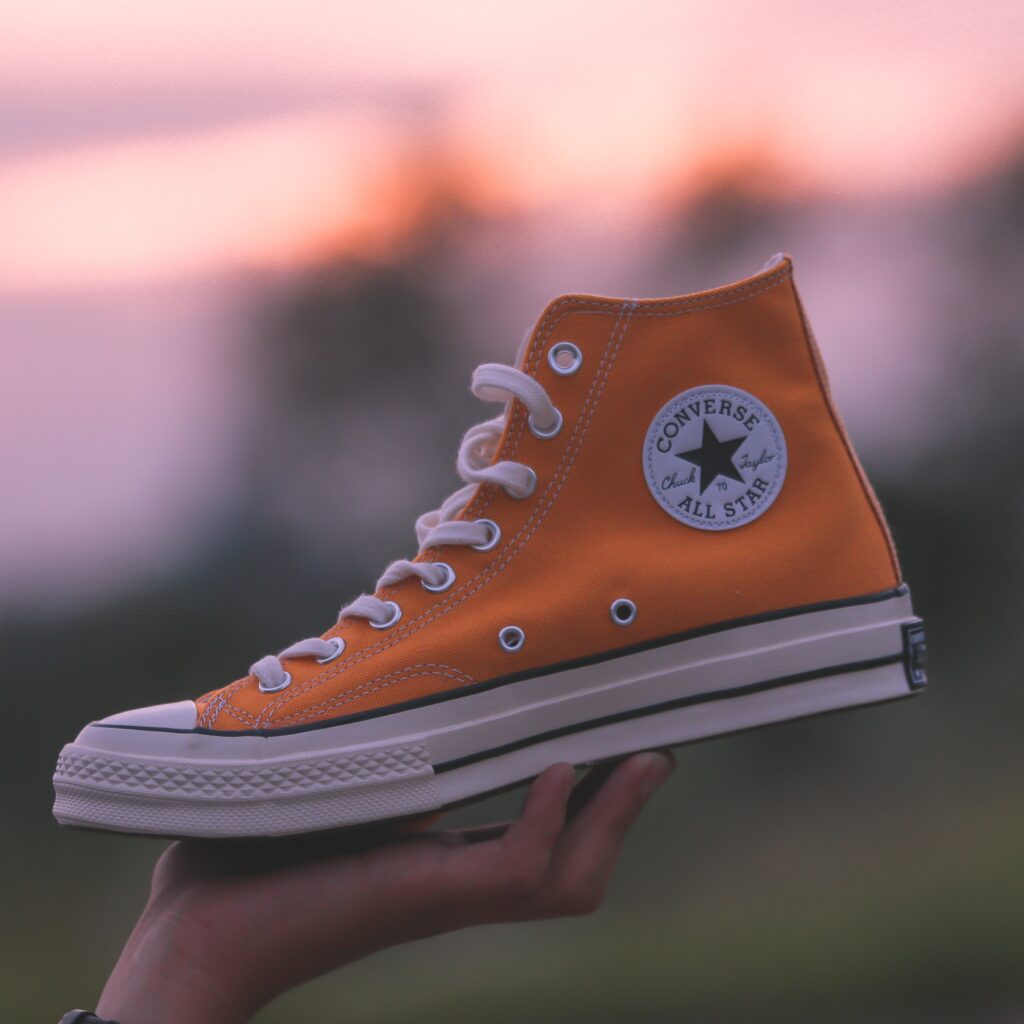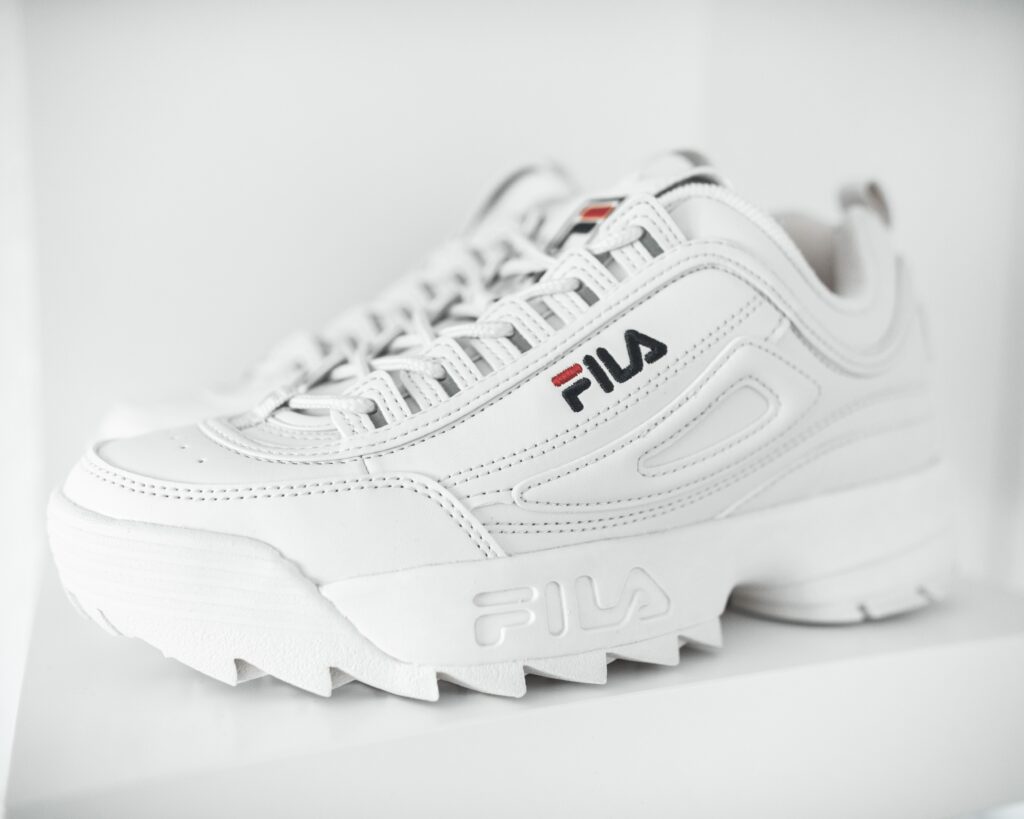When it comes to roofing, having the right pair of boots can make all the difference. From providing optimal grip on slippery surfaces to protecting against sharp objects, the best boots for roofing need to combine durability, comfort, and safety. In this article, we will explore a curated selection of boots that meet these criteria, ensuring that roofers can tackle their jobs with confidence and ease. So, whether you’re a professional roofer or a DIY enthusiast taking on a roofing project, read on to discover the best boots that will keep you steady, secure, and stylish on the job. Roofing is a physically demanding job that requires workers to spend long hours on their feet, often in challenging weather conditions. To ensure their safety and comfort, it is crucial for roofers to invest in the best boots for roofing. Here, we will explore the factors to consider when choosing roofing boots, the different types of boots available, the top brands in the market, and the essential features to look for.
Factors to Consider
Comfort
When it comes to roofing, comfort is paramount. Roofers spend hours walking, climbing, and balancing on ladders, so having comfortable boots is essential. The boots should have proper cushioning to provide support and reduce fatigue. Additionally, breathability is crucial to prevent feet from getting sweaty and uncomfortable during long hours of work. Lastly, a good fit is essential to ensure the boots do not cause any discomfort or blisters.
Durability
Durability is another crucial factor to consider when choosing roofing boots. Roofers often work in harsh environments with sharp materials, so their boots need to withstand frequent wear and tear. The boots should be made from high-quality materials that are resistant to punctures and tears. Proper stitching and reinforcements are also important to ensure the boots can withstand the demands of roofing work.
Traction
Good traction is vital for a roofer’s safety. Roofing surfaces can be slippery, especially when wet, so boots with excellent traction are necessary to prevent accidents. The outsole design plays a significant role in providing proper grip and stability on various surfaces. Slip resistance is also important to prevent any accidental slips or falls.
Safety Features
Roofing is a high-risk profession, so having safety features in boots is essential to protect the feet from potential hazards. Steel toe boots provide protection against falling objects, while electrical hazard protection ensures safety when working near live wires. Puncture resistance is another important feature to prevent injuries from nails or other sharp objects commonly found on rooftops.
Types of Roofing Boots
When it comes to roofing boots, there are several types specifically designed to meet the demands of the job. Here are some of the most common types:
Work Boots
Work boots are a versatile option suitable for a wide range of professions, including roofing. They are generally durable and comfortable, providing the necessary support for long hours of work. Work boots come in various styles, materials, and features, making them a popular choice among roofers.
Steel Toe Boots
Steel toe boots are designed with a steel cap over the toe area to provide protection against falling objects. They are a must-have for roofers working in environments where there is a risk of heavy materials or tools falling from above. Steel toe boots offer additional safety without compromising on comfort or durability.
Roofing Contractor Boots
Roofing contractor boots are specifically designed for professionals working in the roofing industry. These boots often have features such as reinforced toe caps, extra ankle support, and superior traction to meet the demands of the job. Roofing contractor boots are an excellent choice for roofers looking for specialized footwear.
Rubber Boots
Rubber boots, also known as Wellington boots or rain boots, are a popular choice for roofers due to their waterproof nature. They are ideal for working in wet or muddy conditions, providing protection and keeping the feet dry. Rubber boots are lightweight and easy to clean, making them a practical option for roofers.
Composite Toe Boots
Composite toe boots offer similar protection to steel toe boots but without the added weight of steel. They are made from non-metallic materials such as carbon fiber or Kevlar, making them lightweight and comfortable. Composite toe boots are an excellent alternative for roofers who prefer a lighter boot without compromising on safety.
Top Brands
Choosing boots from reputable brands ensures quality, durability, and comfort. Here are some of the top brands known for their excellent roofing boots:
Timberland
Timberland is a well-known brand that offers a wide range of work boots suitable for roofing. Their boots are known for their durability and comfort, with features such as waterproofing, insulation, and slip-resistant soles. Timberland boots often combine functionality with style, making them a popular choice among roofers.
Red Wing
Red Wing is a brand synonymous with quality and craftsmanship. Their boots are made from premium materials and feature meticulous stitching to ensure durability. Red Wing offers a range of boots suitable for the roofing profession, including steel toe options for added protection.
Wolverine
Wolverine is a trusted brand that has been manufacturing work boots for over a century. Their boots are known for their durability, comfort, and innovative features. Wolverine offers a variety of styles and designs, allowing roofers to choose the boot that best suits their needs.
Thorogood
Thorogood is another reputable brand that specializes in work boots. Their boots are crafted with attention to detail, ensuring superior quality. Thorogood offers a range of features such as waterproofing, insulation, and electrical hazard protection, making their boots a reliable choice for roofers.
Danner
Danner is a brand that combines traditional craftsmanship with modern technology to create high-performance boots. Their boots are designed to withstand the toughest conditions, making them suitable for roofing work. Danner boots are known for their durability, advanced safety features, and excellent customer reviews.
Features to Look For
When choosing roofing boots, it is important to consider specific features that enhance comfort, durability, and safety. Here are some important features to look for:
Waterproofing
Roofers often face wet or muddy conditions, so having waterproof boots is crucial. Look for boots with waterproof materials or treatments to keep your feet dry throughout the workday.
Insulation
For roofers working in cold climates, insulation is an essential feature to look for. Insulated boots help keep the feet warm, preventing heat loss and ensuring comfort even in freezing temperatures.
Sole Construction
The sole construction of boots plays a crucial role in providing comfort, traction, and durability. Look for boots with high-quality soles that offer excellent grip, shock absorption, and resistance to wear and tear.
Arch Support
Good arch support is important to prevent foot pain and fatigue during long hours of work. Look for boots with proper arch support to ensure your feet feel comfortable and supported throughout the day.
Ankle Support
Roofing work often involves climbing ladders and working on uneven surfaces, so ankle support is crucial to prevent injuries. Look for boots with ankle support features such as padded collars or lace-up systems that provide stability and protection.
1. Comfort
Comfort is an essential factor to consider when choosing roofing boots. Roofers spend long hours on their feet, and having comfortable boots can make a significant difference in their overall well-being. There are several aspects to consider when assessing the comfort of roofing boots:
Cushioning
Roofing boots should have proper cushioning to provide support and absorb shock. Boots with padded insoles or midsoles can help reduce the impact on the feet, preventing fatigue and discomfort.
Breathability
Breathable boots are crucial to prevent feet from getting sweaty and uncomfortable, especially during warm weather or intense physical activity. Look for boots with breathable materials or built-in ventilation systems to ensure proper airflow.
Fit
A proper fit is essential for comfort. Ill-fitting boots can cause blisters, sores, or discomfort, hindering productivity and overall work performance. It is important to choose boots that fit snugly but not too tight, allowing room for socks and natural movement of the feet.
2. Durability
Durability is crucial when it comes to roofing boots. Roofing work exposes boots to harsh conditions, including abrasive surfaces and sharp debris. Here are some factors to consider when assessing the durability of roofing boots:
Material
The material a boot is made from greatly affects its durability. Leather is a popular choice for roofing boots due to its toughness and resistance to wear and tear. Synthetic materials such as nylon or polyester blends can also offer durability while being lightweight and flexible.
Stitching
The stitching of a boot plays a significant role in its durability. Look for boots with reinforced or double stitching, as this helps prevent the boots from unraveling or coming apart under stress.
Reinforcements
Boots with additional reinforcements in high-stress areas, such as the toe or heel, offer increased durability. Reinforcements can include features like rubber caps, extra layers of material, or protective guards, providing added protection and longevity to the boots.

This image is property of images.unsplash.com.
3. Traction
Traction is a critical factor for the safety of roofers. Rooftops can be slippery, especially when wet or covered in moss or debris. Here are some aspects to consider when evaluating the traction of roofing boots:
Grip
Good grip is essential for roofers to maintain stability and balance while working on steep slopes or slippery surfaces. Look for boots with grippy outsoles that provide excellent traction on various types of terrain.
Outsole Design
The design of the outsole greatly affects the traction of a boot. Lug soles, with their deep indentations and ridges, offer enhanced grip on uneven or slippery surfaces. Additionally, boots with aggressive tread patterns can provide superior traction.
Slip Resistance
Slips and falls are common hazards in roofing work, so slip resistance is crucial for the safety of roofers. Look for boots with slip-resistant soles that have been tested and certified to meet industry standards for slip resistance.
4. Safety Features
Safety should always be a top priority in roofing work, and having boots with the appropriate safety features can greatly reduce the risk of injuries. Here are some safety features to look for in roofing boots:
Steel Toe
Steel toe boots provide protection against falling objects or heavy materials that could crush the toes. They are designed with a steel cap over the toe area, meeting safety standards and regulations.
Electrical Hazard Protection
Roofers often work near electrical wiring and equipment, so having boots with electrical hazard protection is crucial. Such boots are designed to provide a secondary source of insulation to protect against accidental electrical shocks.
Puncture Resistance
Roofing work involves walking on sharp materials, such as nails or broken glass. Boots with puncture-resistant soles provide additional protection against these hazards, reducing the risk of foot injuries.

This image is property of images.unsplash.com.
5. Work Boots
Work boots are a versatile option suitable for various professions, including roofing. They provide comfort, durability, and functionality, making them a popular choice among roofers. Here are some features to look for in work boots:
Features
- Waterproofing: Work boots with waterproof materials or treatments keep feet dry in wet conditions.
- Insulation: Insulated work boots provide warmth and comfort in cold environments.
- Sole Construction: Look for work boots with high-quality soles that offer excellent traction and shock absorption.
- Arch Support: Good arch support helps prevent foot pain and fatigue during long hours of work.
- Ankle Support: Work boots with ankle support features provide stability and protection.
Recommended Models
- Timberland PRO Men’s 6″ Pit Boss Steel Toe Work Boot: These boots offer a comfortable fit, excellent traction, and steel toe protection.
- Red Wing Heritage Iron Ranger: With its classic design and high-quality construction, this boot provides durability and style.
- Wolverine Men’s Raider 6″ Work Boot: These boots feature a slip-resistant outsole, excellent cushioning, and electrical hazard protection.
- Thorogood Men’s American Heritage 6″ Moc Toe Boot: Known for their durability, these boots offer excellent traction and support for roofing work.
- Danner Men’s Vicious 4.5-Inch Work Boot: These boots are known for their ruggedness, waterproofing, and advanced safety features.
14. Danner
Danner is a renowned brand in the footwear industry, known for its high-performance boots. Danner offers a range of boots suitable for roofing work, incorporating innovative features and durable construction.
Product Range
Danner offers a variety of boots designed for different job requirements and environments. Their product range includes waterproof boots, insulated boots, and boots with safety features such as steel toe caps and electrical hazard protection. Danner boots are available in various styles and designs, catering to different preferences and needs.
Features
Danner boots are built to withstand tough conditions, making them suitable for roofing work. Their boots are known for their durability and longevity, with features such as high-quality materials, reinforced stitching, and additional protections in high-stress areas. Danner boots often incorporate advanced safety features and technologies to ensure the wearer’s safety.
Customer Reviews
Danner boots have garnered positive reviews from customers in various industries, including roofing. Roofers appreciate the durability, comfort, and traction provided by Danner boots. Many customers commend the boots’ ability to withstand the demands of roofing work, praising the craftsmanship and high-quality materials used in their construction.
In conclusion, choosing the best boots for roofing is crucial for the safety, comfort, and overall performance of roofers. Factors such as comfort, durability, traction, and safety features should all be considered when selecting roofing boots. By considering these factors and exploring the different types of boots available, roofers can make an informed decision that suits their specific needs. Reputable brands like Timberland, Red Wing, Wolverine, Thorogood, and Danner offer a wide range of boots designed for roofing work, ensuring both comfort and durability. It is essential to look for features such as waterproofing, insulation, sole construction, arch support, and ankle support to ensure maximum comfort and protection. By investing in the best boots for roofing, roofers can work confidently and safely, knowing they have equipped themselves with the right footwear for the job.

This image is property of images.unsplash.com.
